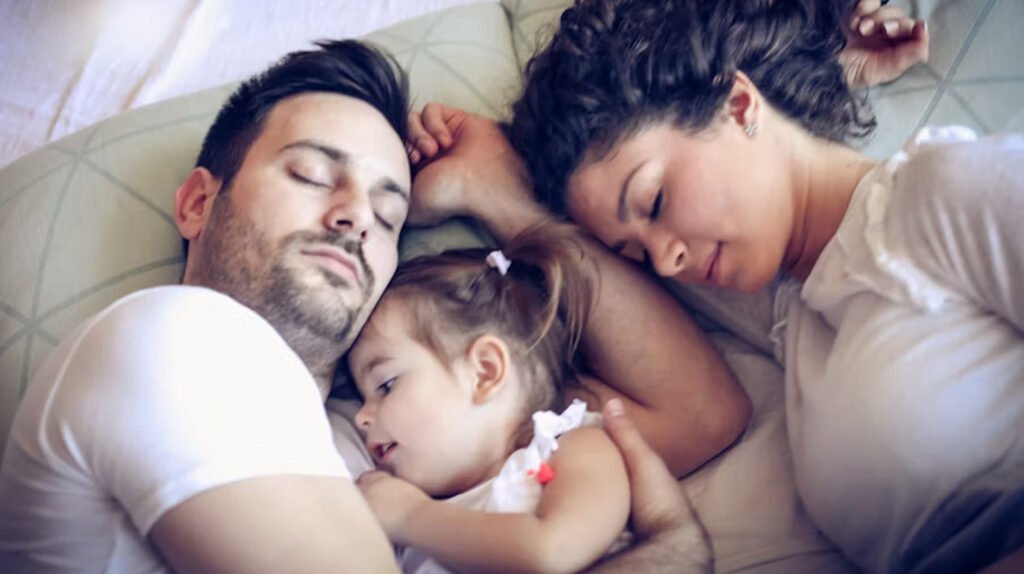“What’s one unique approach you’ve taken to personalize sleep solutions for family members? How has this impacted overall family health and energy levels?”
Rotating sleep environments for children turned out to be surprisingly effective. Instead of keeping them tied to one bedroom setup, occasional changes in mattress firmness, bedding materials, or even room arrangement allowed us to observe how each child responded. Some slept more soundly with firmer support, while others did better with softer textures and darker rooms. Treating sleep as something adaptable rather than fixed reduced nightly struggles and led to longer, more restful stretches of rest. The overall effect was visible in improved morning energy and fewer midday crashes. As a family, this personalization shifted the rhythm of the household, making daily routines smoother and less strained by fatigue.
Ydette Macaraeg, Marketing coordinator, Santa Cruz Properties
One thing we tried at home was swapping out the same mattresses for customized ones based on each person’s sleep style. My wife needed something softer for side sleeping, while I went firmer, and for my kid we picked a hybrid that had better airflow. We even adjusted pillow height so neck strain wasn’t an issue. It felt like overkill at first, but within a couple weeks everyone was sleeping deeper and waking up less tired. Mornings got easier, less cranky arguments at breakfast, and overall energy levels picked up. Small changes in sleep setup made a big difference in family health.
Mike Qu, CEO and Founder, SourcingXpro
My family and I have very different sleep patterns, and while some are early sleepers, my brother and I are late sleepers. I’ve adjusted the room allocation where I stay with my brother who falls asleep late, and the early sleepers are closer to each other. This has helped allow others to sleep while we are awake without disrupting their sleep pattern. Also, I’ve added some dim-lit bulbs that are comfortable for sleeping.
Austin Anadu, Medical Doctor, AlynMD
I’ve found that personalizing sleep solutions begins with recognizing each family member’s unique nervous system cues rather than trying to enforce one standard routine for everyone. In our home, some family members sleep best after quiet wind-down time with gentle breathwork, while others actually need physical movement earlier in the evening to release built-up energy before they can relax.
This individualized approach has made a remarkable difference. By honoring each person’s biological needs rather than applying generic sleep advice, everyone falls asleep more naturally and experiences deeper rest throughout the night. The ripple effects have been significant, our household simply functions better, with noticeably more energy and patience during our daily interactions. It’s amazing how respecting these individual differences creates harmony that benefits the entire family.
Karen Canham, Entrepreneur/Board Certified Health and Wellness Coach, Karen Ann Wellness
One unique approach I’ve taken is designing configurable mattresses with dual firmness options, so each family member can choose the right level of support for their body and sleeping style. The idea came from my own family’s experience – realizing that no two people, not even in the same household, have identical comfort needs. Some prefer a softer, pressure-relieving surface, while others need a firmer base for proper spinal alignment.
What really pushed me to start Simply Dreams was seeing how my daughters used to wake up with sinus issues. That made me search for a mattress that was not only comfortable but also hypoallergenic and healthier to sleep on. Natural latex became the clear choice – it’s resistant to dust mites and mold, which helped reduce their sinus problems. On top of that, it’s naturally breathable and cooling, perfect for our humid climate, and incredibly durable, so families can rely on consistent support for years.
By giving families a mattress that adapts to their needs while staying clean, cool, and supportive, we’ve seen how it leads to better rest, fewer body aches, and more energy in the day. In my own family, this flexibility has helped each of us wake up refreshed, and most importantly, my daughters now sleep easier without the sinus issues that once bothered
Russell Koh, Founder Of Simply Dreams, Simply Dreams
One approach is tailoring sleep environments to each family member’s individual needs rather than trying to enforce a one-size-fits-all routine. For example, in one household, white noise with blackout curtains may help a child that is a light sleeper rest more deeply, while another child benefits from a dawn-simulating alarm clock that eased morning wakeups. Also, parents can adjust their own sleep hygiene by limiting late-night screen time and adding calming bedtime rituals, like stretching, journaling, or other bedtime routines that fit their personalities. By respecting each person’s preferences, whether they need darkness, nighttime structure, or a gentler transition into morning, the whole family began sleeping more soundly. Over time, this personalization improved mood and energy levels during the day and reduced stress and irritability, making the family dynamic calmer and healthier overall.
Judy Serfaty, LCPC, LPC, NCC, Clinical Director of The Freedom Center, The Freedom Center
We treated sleep like a puzzle rather than a blanket rule.
For our kids, we mapped their natural energy spikes: one needs quiet reading at 7 PM, the other thrives on movement until 8 PM. So we designed routines around that instead of forcing a “one-size-fits-all” bedtime.
For me and my wife, we experimented with temperature tweaks and subtle lighting shifts to align with our circadian rhythm.
The result wasn’t dramatic overnight, but within weeks, mornings became noticeably calmer, crankiness dropped, and we felt productive.
Austin Benton, CEO & Founder, SpeakerDrive

